The new version of Scratch to support micro:bit, tablets, and smartphones.
The MIT Scratch Team is due to launch version 3.0 of its popular educational programming tool this August.
Scratch is a visual programming language that enables students to learn the basics of computer programming by connecting code blocks. The code blocks can be used to create interactive stories and games.
Scratch 3.0 is set for release in August 2018, and will be a complete redesign of the popular visual programming tool.
The MIT Scratch team aims to implement a number of exciting new features.
Scratch 3.0 SmartPhone and Tablet Support
“Scratch 3.0 is the next generation of Scratch,” say the MIT Scratch team.
“With Scratch 3.0, you will be able to play Scratch projects on your phone, create Scratch projects on your tablet, and control Scratch projects with your voice.”
Support for tablets (such as Apple iPad and Google Android devices) will help teachers and educators working with these increasingly popular devices.
You’ll also be able to use Scratch 3.0 on Chromebooks.
Scratch 3.0 will ditch Adobe Flash technology (which isn’t supported by most tablets) in favour of HTML5 (basically the latest HTML, CSS, and Javascript web based code). More information on the technologies being used can be found on the Scratch 3.0 Wiki Page.
Scratch 3.0 BBC Micro:bit Support
Educators in the UK will also be pleased to hear that BBC micro:bit is being supported in Scratch 3.0.
The blog post 3 Things To Know About Scratch 3.0 revealed a new extension system with direct support for the micro:bit device.
The Raspberry Pi is already supported in Scratch 2.0, but sadly other boards, such as the PicoBoard aren’t going to be supported.
The new extension system also opens up Scratch to web services such as Google Translate, which could result in some interesting educational Scratch 3.0 projects.
Planned Scratch 3.0 Extensions
- Music: play instruments and drums
- Pen: draw with your sprites
- Video Sensing: detect motion with the camera
- Translate: translate text in your project into another language
- Speech: talk to your projects
- LEGO EV3 and WeDo: connect Scratch to LEGO robotics kits
There will also be dozens of new sprites/characters, backdrops and sounds available, which will freshen up the Scratch program for long-term users. Meanwhile, a new paint and sound editor will enable students to remix and manipulate the sprites/characters.
Scratch 3.0 also introduces a range of new code blocks, such as sound ‘effect’, transparency pen blocks and a new glide animation.
New User Scratch 3.0 Support
The MIT Scratch team has spent a lot of time working on supporting new users. There’s a new in-editor tutorial for first time users and short ‘byte-sized’ videos introducing concepts.
Teachers will be supported with lots of class activities.
There will be new tutorials from Code Club, CS First and updated Scratch Activity Cards and Educator Guides. Plus, an updated Creative Computing Curriculum from Harvard ScratchEd.
A Scratch 3.0 FAQ offers answers to most questions.
Scratch 2 Project are Compatibility with Scratch 3
All your projects and accounts created in Scratch 2 will continue to work in Scratch 3.0.
However, if you’ve created Scratch lesson plans or educational material, you’ll most likely need to rework them to use the new Scratch 3 interface.
The visual style in Scratch 3.0 is very different from before, and it has much larger code blocks (to make it easier to use on tablet screens). “In most cases, you will want to update your resources to reflect the interface changes. You may also want to create new resources to highlight new features in Scratch 3.0,” says the MIT Scratch team.
To help you get a head start on updating your materials, try the Scratch 3.0 Preview.
Originally published in Hello World Issue 5 : The Computing and Digital Making Magazine for Educators. Above article includes modifications from the original article. License CC BY-NC-SA 3.0

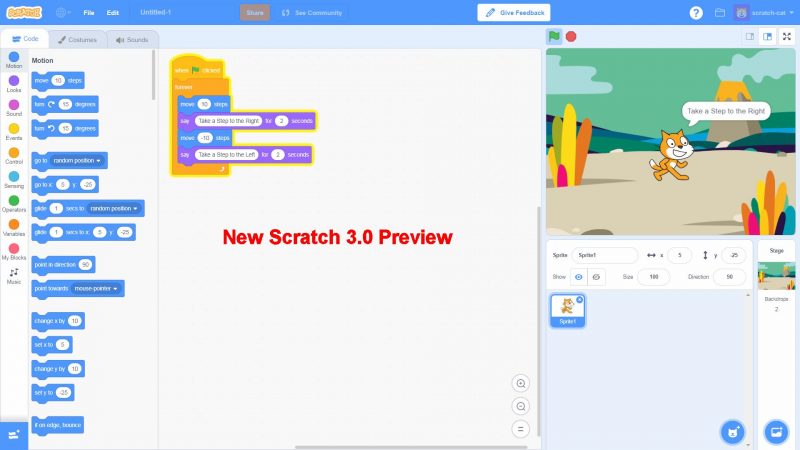
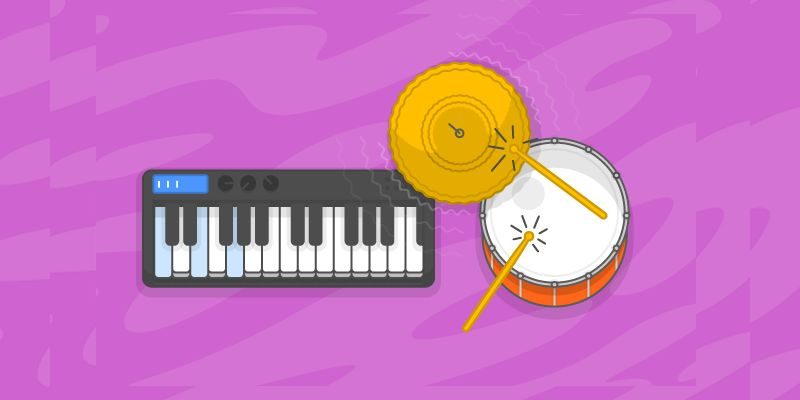
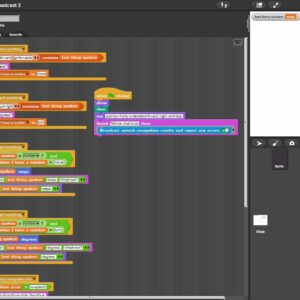
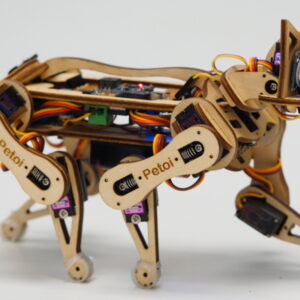
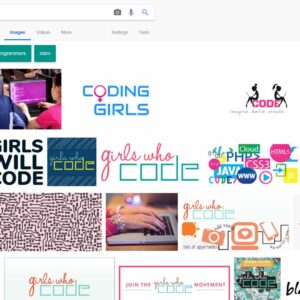
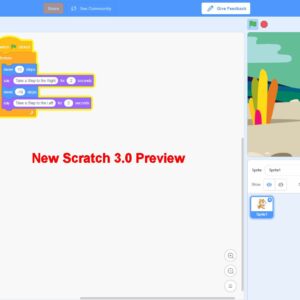
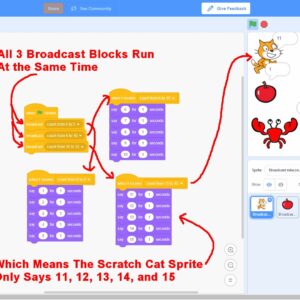
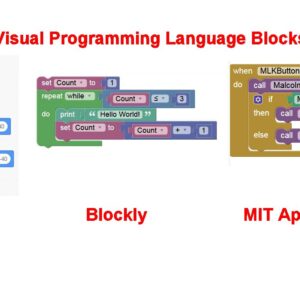
Installing Arduino Device Drivers #Arduino...
Google Blockly Games Maze 7 Solution #Blockly #Javascript #Coding...
Scratch 3 Preview #Scratch #Coding #Teachers...
Google Blockly Games Maze 1 Solution #Blockly #Javascript #Coding...
Arduino IDE Manage Libraries #Arduino...
How to Manually Install an Arduino Library Folder #Arduino...